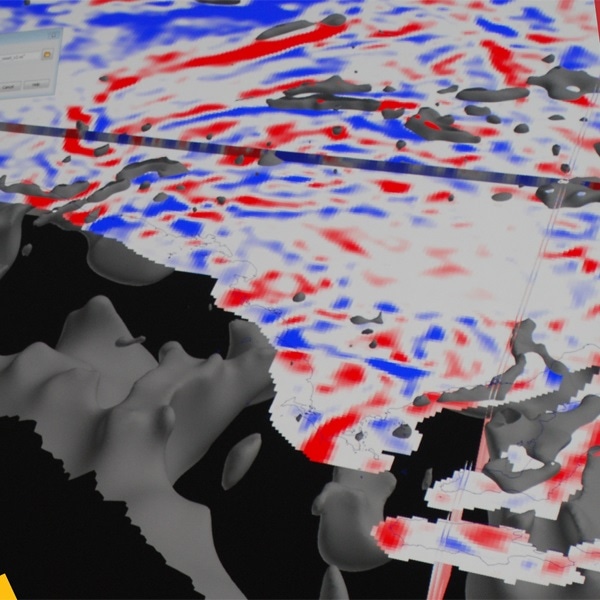Aug 23 2016
A 3D model showing underground landscapes to a depth of 100km of an entire Australian state has been launched.

The South Australian Geophysical Reference Model allows users to bring to life the state’s vast resource data sets of geological landscapes.
The model was lunched to the international exploration community at this week’s 25thGeophysical Conference & Exhibition in Adelaide, the capital of South Australia.
It draws on the state’s countless geo-data sets, enabling users to view different attributes on cross-sections of the earth.
By better defining the geological setting, the model can help exploration companies to make informed decisions to better target exploration programs, taking them closer to making new mineral discoveries.
South Australian Assistant Minister to the Treasurer Chris Picton said the new research and exploration tool was world class. He said it was the first time a model of its size, complexity and richness of geophysical data had been produced for the whole of the state.
A tool such as this is indispensable for addressing the modern exploration challenges of finding significant new deposits at depth, under cover, or in complex settings.
Chris Picton, South Australian Assistant Minister to the Treasurer
The model was developed in collaboration between the South Australian Department of State Development, the University of Adelaide, Geoscience Australia and the Deep Exploration Technologies Cooperative Research Centre and aligns with the national UNCOVER initiative.
Exploration companies can take advantage of the capabilities of this new model by viewing it at the Holloway Geoscience 3D Theatre at the South Australia Drill Core Reference Library or by downloading online.
South Australia covers an area of almost one million square kilometres – slightly larger than France and Germany combined.
It is a globally important producer of copper, uranium and zircon.
The state also produces iron ore, zinc, lead, silver, industrial minerals (including salt, silica sand and gypsum) and extractive materials (including dimension stone and opal).